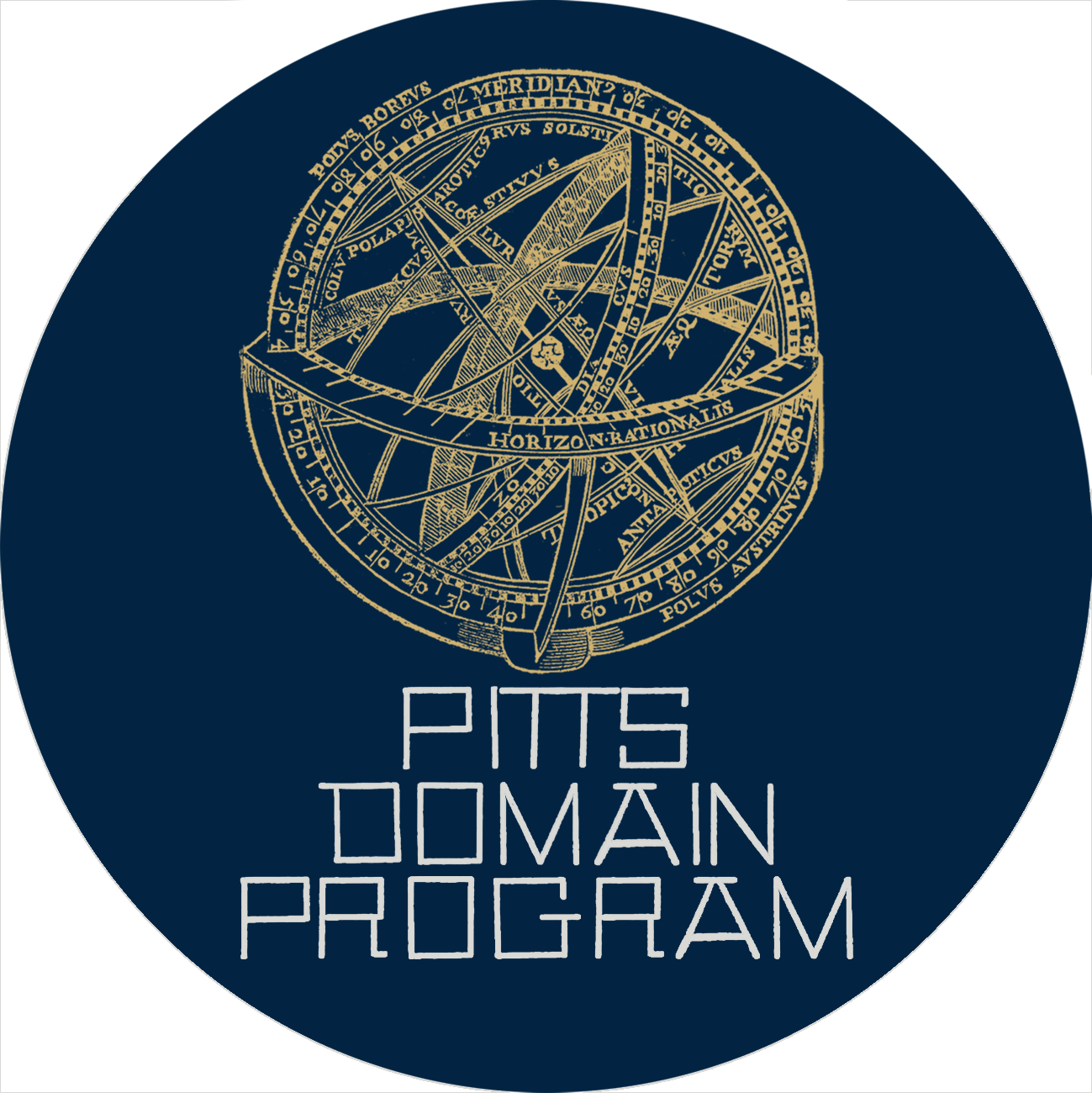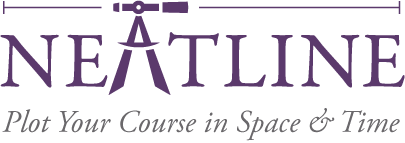Home
» Research » Digital Scholarship
Digital Scholarship at Pitts
 Digital scholarship can take many forms, but is generally defined as the use of computers or digital methods to produce scholarship or enhance engagement with traditional scholarly works through digital platforms.
Digital scholarship can take many forms, but is generally defined as the use of computers or digital methods to produce scholarship or enhance engagement with traditional scholarly works through digital platforms.
Spencer Roberts, Systems and Digital Scholarship Librarian, provides support for students and faculty who are interested in exploring and experimenting with digital tools and methods in their research, learning, and teaching.
Pitts Domain Program
The Pitts Domain Program provides web hosting space and a domain name to Candler School of Theology applicants to establish a personal presence online or to develop a digital project.
Program Summary | Apply Now!
Digital Scholarship Resources
Most of the following tools and platforms are freely available to all. Some are free to Emory users. Our Digital Scholarship Librarian can help you choose and develop the right platform for your work.
Web Platforms
Omeka provides open-source web publishing platforms for sharing digital collections and creating media-rich online exhibits.
WordPress is open source software you can use to create a beautiful website, blog, or app.
Mapping Space and Time Tools
StoryMapJS is a free tool to help you tell stories on the web that highlight the locations of a series of events.
Neatline allows scholars, students, and curators to tell stories with maps and timelines. As a suite of add-on tools for Omeka, it opens new possibilities for hand-crafted, interactive spatial and temporal interpretation.
TimelineJS is an open-source tool that enables anyone to build visually rich, interactive timelines. Beginners can create a timeline using nothing more than a Google spreadsheet.
Image Tools
You can tell stories with large photographs, works of art, historic maps, and other image files. Because it works best with pixel-dense files, we call these "gigapixel". Setting one up requires you to host files on a web server.
Neatline with Gigapixel
Neatline can also be used with large images, which can be annotated and explored as if they were a map.
Data Tools
Voyant Tools is a web-based text reading and analysis environment. It is a scholarly project that is designed to facilitate reading and interpretive practices for digital humanities students and scholars as well as for the general public.
Contains U.S. census data from 1790-2010, updates from the American Community Survey, data on religious congregations, and more. Includes an online research tool designed to analyze and report on available information. A license is available for Emory users through the
Woodruff Library Databases.
Tableau Public is a free service that lets anyone publish interactive data visualizations to the web. Visualizations that have been published to Tableau Public (“vizzes”) can be embedded into web pages and blogs, they can be shared via social media or email, and they can be made available for download to other users.
 Digital scholarship can take many forms, but is generally defined as the use of computers or digital methods to produce scholarship or enhance engagement with traditional scholarly works through digital platforms.
Digital scholarship can take many forms, but is generally defined as the use of computers or digital methods to produce scholarship or enhance engagement with traditional scholarly works through digital platforms.



